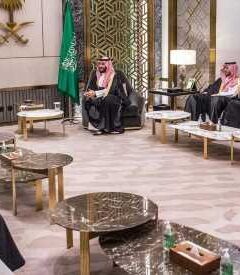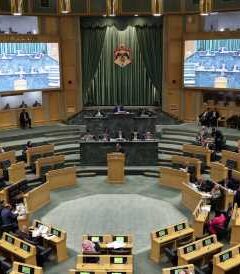Home » Middle East »
Iran nuclear crisis in 300 words
A landmark nuclear deal between Iran and world powers appears close to collapse, three years after it went into effect. Here’s how it got to this point.
What does the deal do?
Iran has always insisted its nuclear programme is peaceful.
But suspicions it was being used as a cover to develop a nuclear bomb prompted the UN Security Council, US and EU to impose crippling sanctions from 2010.
In 2015, Iran reached a deal with six powers – the US, UK, France, China, Russia and Germany – that saw it limit its nuclear activities in return for sanctions relief.
The deal restricted Iran’s enrichment of uranium, which is used to make reactor fuel but also nuclear weapons. It was also required to redesign a heavy-water reactor being built, whose spent fuel would contain plutonium suitable for a bomb, and allow international inspections.
What prompted the latest crisis?
President Donald Trump abandoned the deal in May 2018 and reinstated US sanctions. He wanted a new deal that would also curb Iran’s ballistic missile programme and its involvement in regional conflicts.
Iran refused and saw the value of its currency plummet and its inflation rate soar as the sanctions took effect.
When the sanctions were tightened this May, Iran stopped abiding by some commitments in the deal.
What has Iran done?
On 1 July, the International Atomic Energy Agency (IAEA) confirmed Iran had exceeded the 300kg (660lb) limit on its stockpile of enriched uranium.
Six days later, Iran began enriching uranium to 4.5% concentration so it could make fuel for its Bushehr power plant – beyond the 3.67% cap enshrined in the deal.
On 4 September, President Hassan Rouhani said Iran would also lift “all limitations” imposed on its development of centrifuges used to enrich uranium.
Want to know more?
Source: Read Full Article



